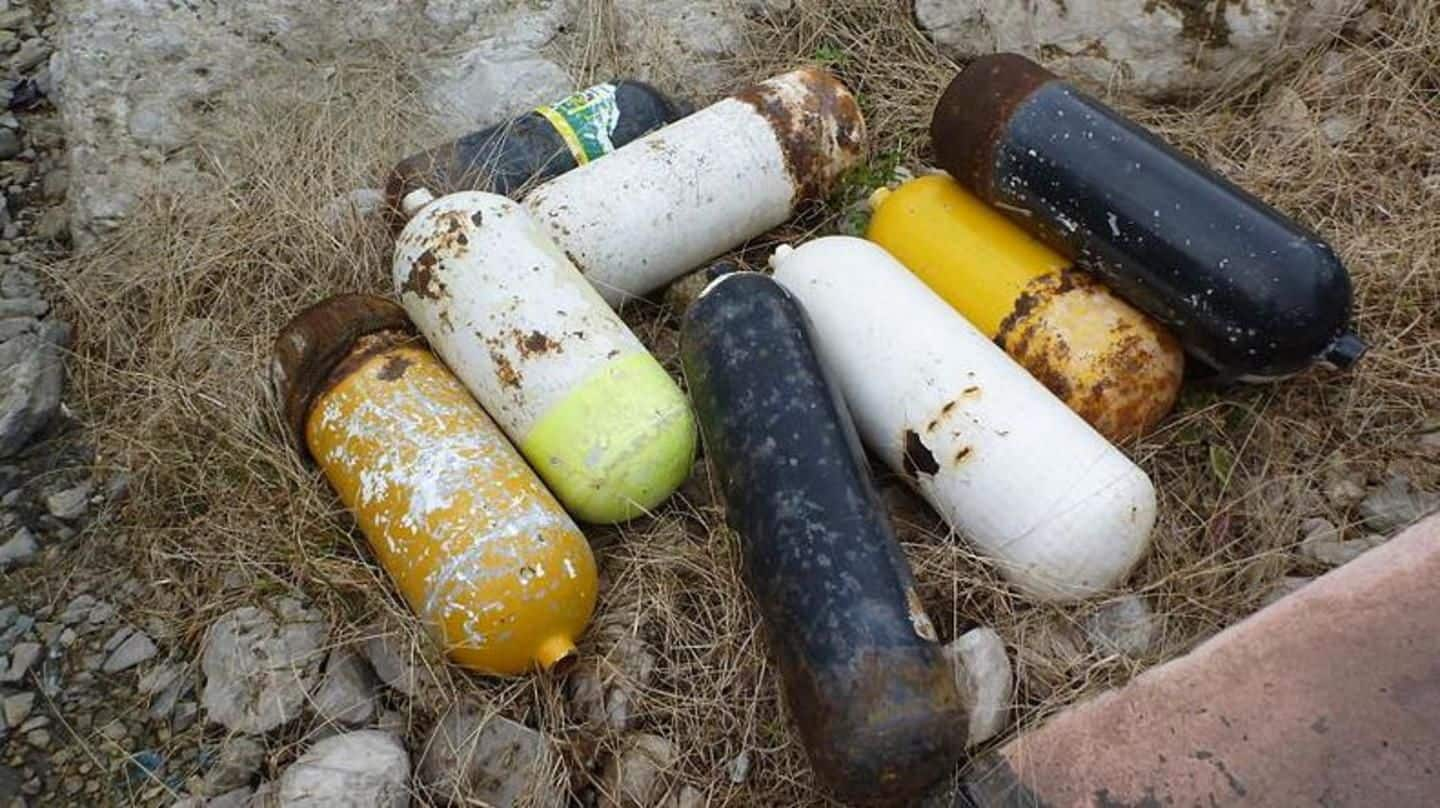
Stringent guidelines, AMR needed to treat pharma waste: Experts
What's the story
Experts have said that there is a need for stringent guidelines for the treatment and monitoring of waste discharge from pharmaceutical industries.
They added that the government urgently needs to adopt an anti-microbial resistance (AMR) centric approach to waste management by treating active pharmaceutical ingredients (API) as a "critical" chemical contaminant.
According to them, surveillance and monitoring of these plants are virtually non-existent.
Sources of Waste
Common pharmaceutical waste comes from patients and hospitals
According to Banwari Lal, Senior Director, The Energy and Resource Institute (TERI), most common sources of pharmaceutical wastes into environment disposal by patients and hospitals, livestock feed additives, agricultural wastes due to veterinary use, API and formulation industries.
In 2017, the US Food and Drug Administration approved about 10,000 pharmaceuticals with up to 3,000 ingredients for usage and are regularly applied by humans.
Guidelines in India
Current standards don't treat antibiotic residues as pharma waste
Extensive usage and improper disposal of pharmaceutical drugs cause spreading of multi-drug resistant microbes.
In India, effluent generated from these industries are treated as per the pharmaceutical wastewater discharge guidelines prescribed by the Central Pollution Control Board (CPCB).
Lal said the current standards, unfortunately, do not include antibiotic residues, and thus they are not monitored in the pharmaceutical industry effluent.
Protocols needed
Companies should check the entry level supply chain of antibiotics
Lal pointed out that companies should ensure that every level of antibiotics supply chain must prioritize environmental management.
"In particular, the factories supplying APIs must be required to prove that they are committed to clean production throughout the manufacturing process," he said.
Lal also added that pharmaceutical companies need to work with governments to encourage a tougher stance on law enforcement in developing counties.
Red category activity
Indian Environment Ministry classifies pharmaceutical manufacturing as "red category" activity
Rajeshwari Sinha, programme officer, food safety and toxins program, Centre for Science and Environment (CSE), said that the Indian Environment Ministry classifies pharmaceutical manufacturing as a "red category" activity, due to the hazardous nature of the waste produced.
The Indian pharmaceutical industry is the fastest growing segment of the economy and globally contributes to 80% of the drugs produced, alongside China.
Research
Existing waste treatment plants not equipped to treat antibiotic content
"There is evidence from multiple studies as well as entities that have recently explored the impacts of pollution from pharmaceutical production sites on India's burgeoning AMR problem, which is the creation of "hotspots", especially around manufacturing sites pharmaceutical hubs like Hyderabad (Telangana)," Sinha said.
She said the existing waste treatment plants are not adequately equipped to adequately treat the antibiotic content in the discharges.
Need of the hour
Need of AMR and public awarenss
"With the release of the Indian Strategic National Action Plan on AMR, there is increased momentum. The environment regulators are working on addressing this issue," Sinha said.
She added that small-scale manufacturers must be supported in the installation environmentally sound waste treatment and disposal processes.
Related data must be made publicly available in order to increase awareness about health impacts of pharmaceutical pollution.